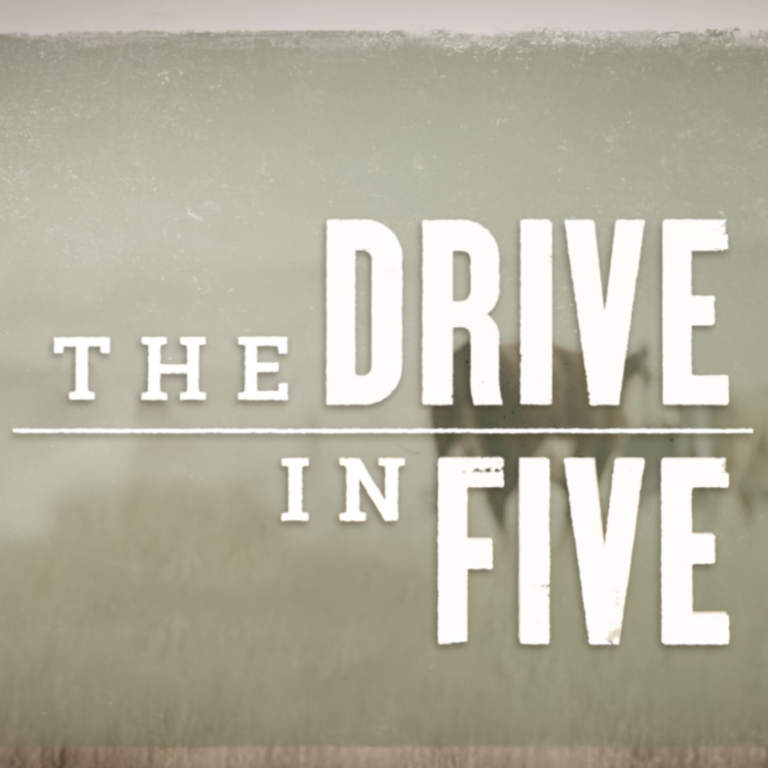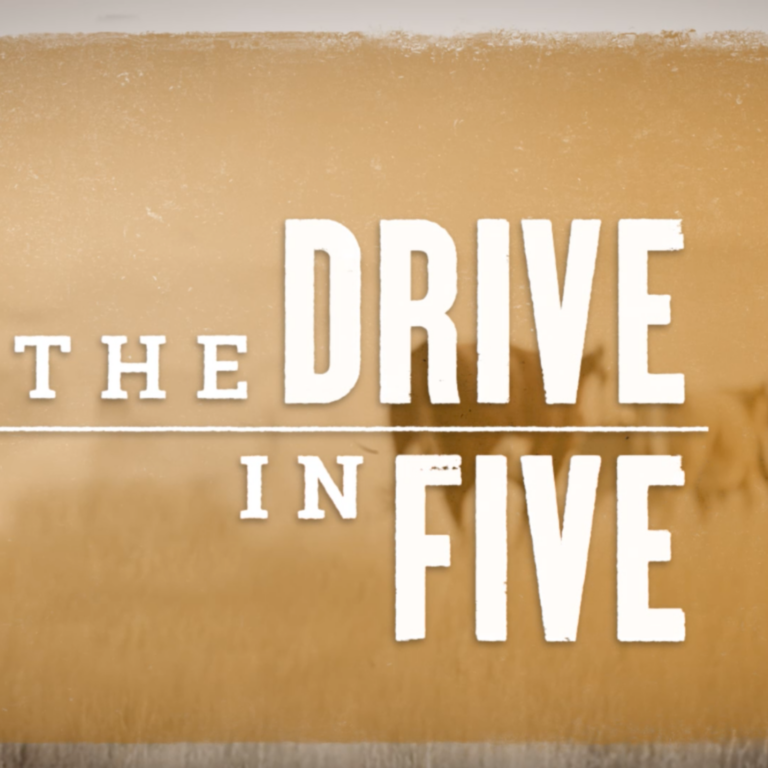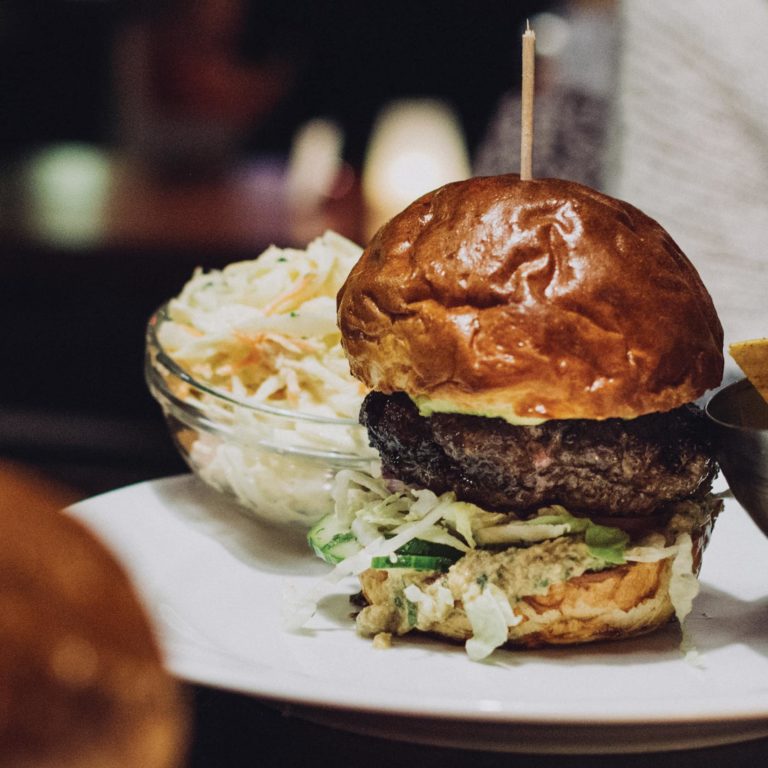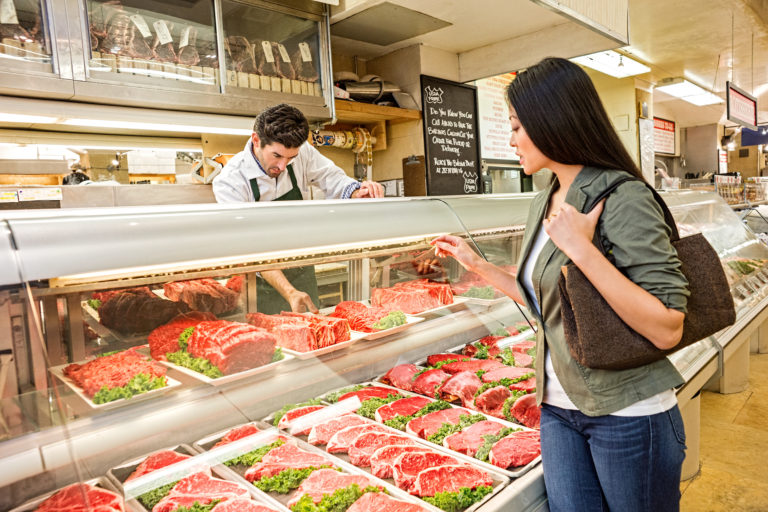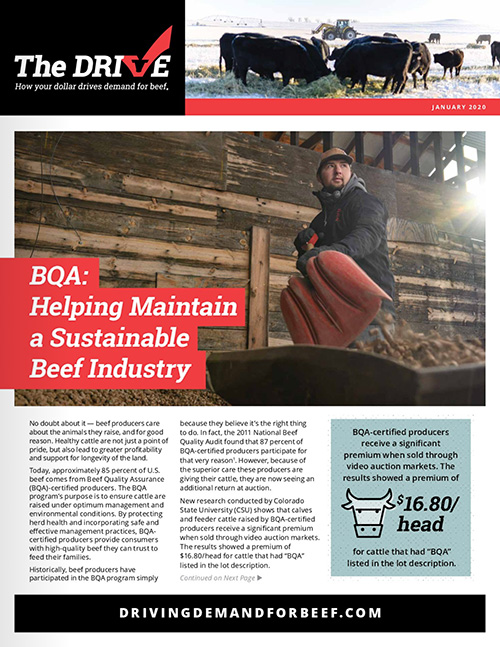Demand vs Consumption – What’s the Difference?
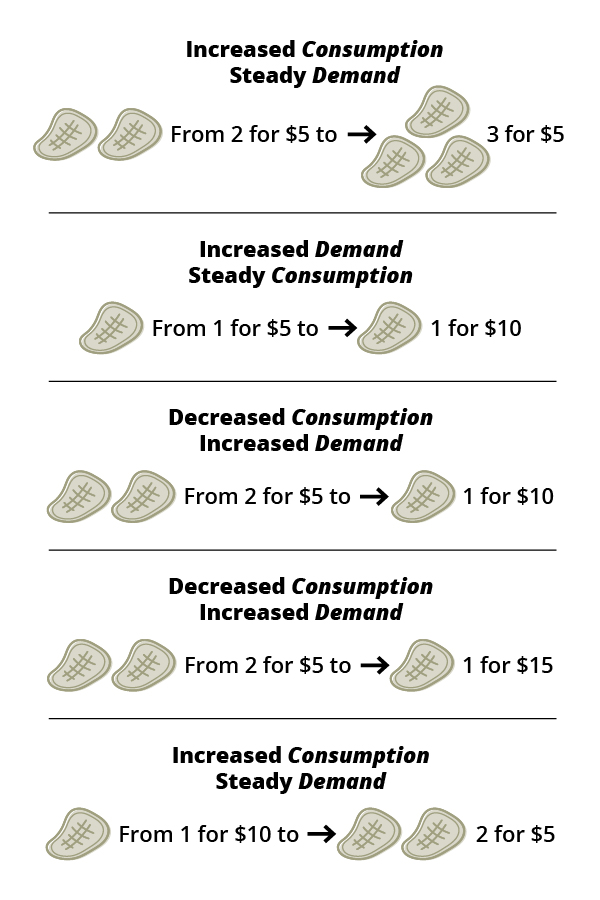 Today’s consumers have a vast array of choices in an extremely competitive protein market. To help make beef the consumer’s first choice, the Beef Checkoff drives beef demand through promotion, research and education.
Today’s consumers have a vast array of choices in an extremely competitive protein market. To help make beef the consumer’s first choice, the Beef Checkoff drives beef demand through promotion, research and education.
While beef consumption and demand are both important models used to track success in the industry, they often get confused. Consumption does not reflect consumer perception of beef or beef products in the marketplace, while demand relies on sentiment – the trust and loyalty one has for a product. Regardless of price, demand shows a consumer’s willingness to purchase a product. As such, consumer demand is perhaps the most crucial driver of the beef industry and is the basis of the Beef Checkoff’s ultimate goal – driving demand for beef. Here is a simplified look at the conceptual difference between beef consumption and demand.
The Beef Checkoff program was established as part of the 1985 Farm Bill. The checkoff assesses $1 per head on the sale of live domestic and imported cattle, in addition to a comparable assessment on imported beef and beef products. States may retain up to 50 cents on the dollar and forward the other 50 cents per head to the Cattlemen’s Beef Promotion and Research Board, which administers the national checkoff program, subject to USDA approval.

















